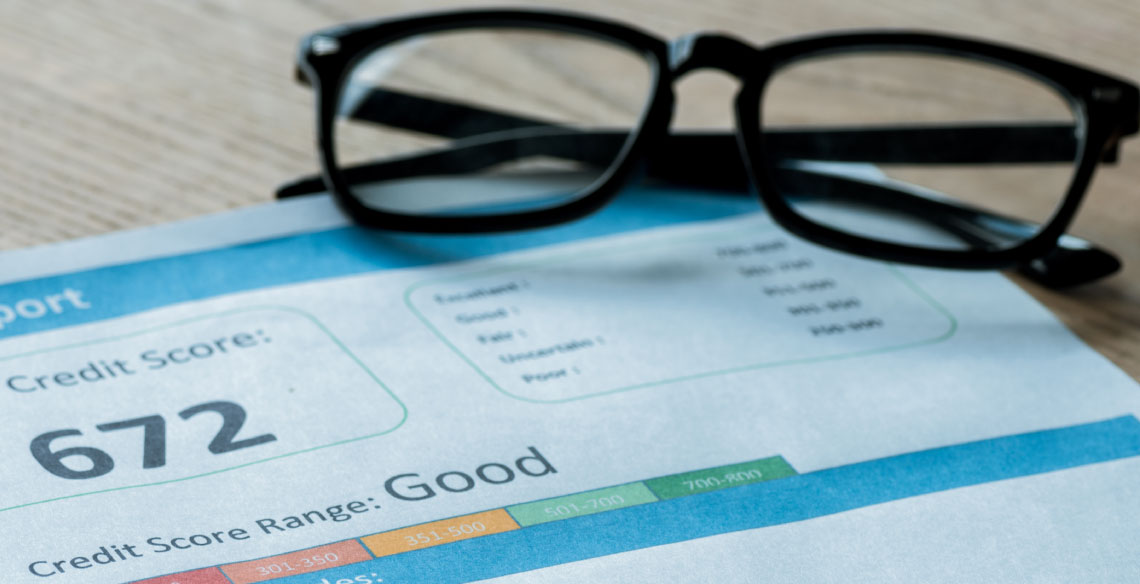So, you’ve never had a credit card or loan, and you’re trying to build a credit history from scratch. Building up your credit history from the bottom up can be a tricky business. You won’t qualify for a large loan or substantial line of credit, but without those kinds of transactions and accounts in your file, how can you start building your credit?
Here are five steps you can take to start building your credit file:
1. Visit your financial institution
The first step on your journey toward a healthy credit history should be a stop at your financial institution. Most offer introductory credit cards even when you may not have a substantial credit history. This can be a great way for you to start building your credit file.
2. Open a secured credit card
Secured credit cards are starter cards requiring you to make a deposit into your account before you can open the card. The card issuer will place a hold on the deposit amount as collateral in case of a missed payment. For example, a secured card issuer that requires a $500 deposit will offer you a $500 credit limit and hold onto that money as long as the card is open. If you close the account, you will get your deposit back if there is no outstanding balance on your card.
Secured credit cards are not long-term solutions because of their higher interest rates and some have fees (application fees, annual fees, etc.). They are a great first credit card as almost anyone can qualify to open a secured card.
When researching your options for a secured credit card, look for one that does not charge an annual fee and reports to all three credit bureaus: TransUnion, Equifax and Experian.
3. Open a low-balance card
Some credit card companies offer cards specifically geared to the new credit card owner. These cards do not require a credit history to qualify, though you may need to prove that you pay your bills on time and lead a financially responsible life. The starting credit line they’ll give you can be as low as $200, but they’re an excellent way for you to break into the credit card world when you’re starting from the very bottom.
4. Use your cards responsibly
It’s not enough to have credit cards open in your name – you need to use them, too. With a starting balance of $200 or so, you’ll have to be careful to spend just a bit each month and keep your credit utilization at less than 30%. Pay your bill in full and on time each month – a late payment can really hurt your credit score since 35% of your score is based on your payment history. You should set up automatic payments so you never miss a bill.
It may take a while, but you’ll slowly start to build up your credit file. After a year or so, you may be offered the option of increasing your available credit. Accepting this offer will increase your score further.
5. Become an authorized user
If you have a family member or partner who has an excellent credit score and a credit card that they’ve had for a while, ask them about making you an authorized user on their card. This will add the card’s payment history to your growing credit file and can significantly increase your score.
Keep in mind, any time you use the card, the primary account holder will be responsible for paying the bill. Also, find out if the card issuer reports authorized user activity to the credit bureaus so this step isn’t wasted.
Building and maintaining a healthy credit file can take a while until you begin seeing results; however, with time, effort and responsible financial choices, you can build an excellent credit history, which will positively impact your financial health for years to come.
Your Turn: How did you build your credit file? Tell us about it in the comments.



